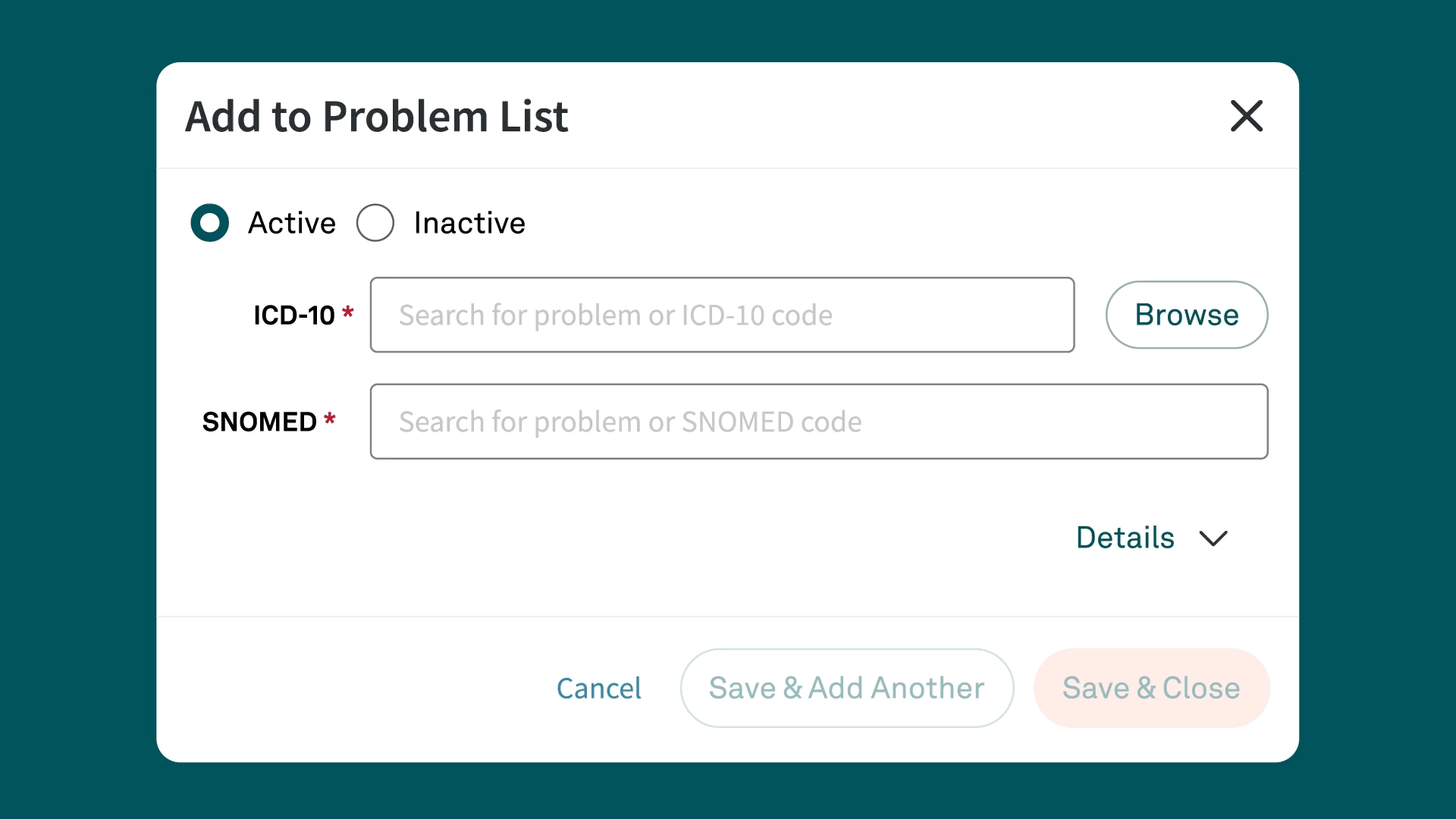ICD-10 Code M54.50
Low back pain, unspecified
What is the code M54.50?
M54.50 is a billable ICD-10-CM code used to specify a diagnosis of "low back pain." This code falls in chapter 13, diseases of the musculoskeletal system and connective tissue, specifically within category M54 which pertains to dorsalgia. It is commonly used in both general healthcare and specialist settings, such as orthopedics or physical therapy, to denote episodes of low back pain.
Detailed description of M54.50
The M54.50 code is designated for low back pain, a common musculoskeletal condition affecting the lumbar region of the spine. This condition can be acute, subacute, or chronic. The code helps in the classification of the pain site, which aids in determining appropriate treatment plans.
Symptoms commonly associated with M54.50
Individuals diagnosed with low back pain under the M54.50 code typically exhibit symptoms that include but are not limited to:
- Persistent aching or stiffness localized to the low back
- Sharp, localized pain in the lower back, especially after lifting heavy objects or engaging in other strenuous activity
- Chronic ache in the lower back after sitting or standing for prolonged periods
Related and similar ICD-10-CM codes
The following codes are related to M54.50 and specify different types of back pain or related conditions:
- M54.2 (Cervicalgia) indicates neck pain
- M54.9 (Dorsalgia, unspecified) covers general back pain without specifying a region
Appropriate usage of M54.50 for billing
M54.50 should be used for billing purposes when patients present with symptoms of low back pain that do not yet correspond to a more precise diagnosis. It is suitable in scenarios where the clinical assessment is pending or when the patient's history and symptomatology do not support a specific causative condition. This code is prevalent in settings ranging from routine primary care visits to more focused physical therapy or chiropractic sessions where low back pain is the primary complaint.
Other terms that are coded to M54.50 are "loin pain" and "lumbago."
Instructional guidelines for providers coding M54.50
When coding with ICD-M54.50 for low back pain, include detailed documentation of the diagnostic criteria met, the symptoms observed, and any supporting imaging studies. Accurate and comprehensive documentation supports the necessity of diagnostic tests and treatments provided, ensuring appropriate billing and patient care. However, the minimal requirement for reporting M54.50 is documenting low back pain in the assessment portion of the medical note.
Category M54 Dorsalgia includes a type 1 excludes note for M54.50, advising against using this code if the low back pain is solely due to psychological disorders, specifically psychogenic dorsalgia (F45.41). In such cases, only the F45.41 code should be used.
Additionally, subcategory M54.5 Low Back Pain provides further exclusions:
- Low back strain (S39.012)
- Lumbago due to intervertebral disc displacement (M51.2-)
- Lumbago with sciatica (M54.4-)
If any of these conditions are diagnosed as the source of the low back pain, the corresponding code from these exclusions should be used instead of M54.50.
M54.50 may also be used in conjunction with codes from category G89, which detail whether the pain is acute or chronic. This allows for a more detailed description of the pain's nature, aiding in accurate and effective patient management.
Common pitfalls in coding with M54.50
- Misuse of M54.50 when a more precise diagnosis is evident based on clinical evaluation.
- Failure to update the diagnosis code if further diagnostic evaluations clarify the underlying cause of the back pain.
Key resources for M54.50 coding
- CMS ICD-10 Homepage: Provides updates, guidelines, and tools for ICD-10-CM coding.
- WHO ICD-10 Online Browser: Allows users to search the ICD-10-CM database to understand code specifications better.
Conclusion
The ICD-10-CM code M54.50 is used for accurately documenting and managing cases of low back pain in clinical settings. Proper application of this code not only facilitates precise billing and healthcare reporting but also guides effective treatment strategies to improve patient outcomes.
Simplify ICD-10 code documentation with Tebra
Tebra’s EHR+ gives you quick searches and Systematized Nomenclature of Medicine (SNOMED) field names for efficient code documentation. Plus, Tebra automatically saves ICD-10 to SNOMED mapping for future searches, streamlining your workflow.

Discover how Tebra helps providers effortlessly document health-related issues and conditions in this detailed post.
Subscribe to The Intake:
A weekly check-up for your independent practice



